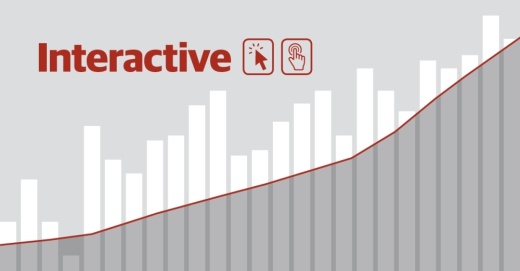Preliminary State of Texas Assessments of Academic Readiness, or STAAR, results show local students are not meeting expectations, particularly in math, at higher rates than before the pandemic.
According to the Texas Education Agency, early results show 40% of eighth-graders statewide did not meet expectations in math in spring 2021, compared to 19% in spring 2019. For fifth-graders, 31% did not meet expectations in math for spring 2021, compared to 17% in spring 2019.
In McKinney ISD, the number of eighth-graders who did not meet math expectations jumped from 10% in spring 2019 to 33% in spring 2021. Eighth-grade reading also saw an uptick, with 15% not meeting expectations in spring 2021, in comparison to 11% in spring 2019. A similar trend is also observed at the fifth-grade level. For spring 2021 math, 19% of students did not meet expectations, compared to 14% for spring 2019. The percentage of students who did not meet expectations in reading at the fifth-grade level stayed the same at 16%. McKinney ISD officials said in an email that most school districts in Texas experienced a decrease in performance for eighth-grade math and that the TEA should look for ways to address the decline.
During a Texas State Board of Education meeting June 23, TEA Commissioner Mike Morath spoke about the “academic damage” the pandemic has done to the state’s school system. Morath said he expects the final STAAR scores will be released on Monday or Tuesday of next week, but called the preliminary numbers “problematic.”
“What that means is that the name of the game for us for the conceivable future, is how do we modify our systems, across all 1,200 school systems in the state of Texas, to increase the rate at which we accelerate learning,” he said.
One reason students may have done poorly on the STAAR this year, according to Morath, was that they were being “exposed to below grade level material all year long,” which students could not control.
He said under new requirements passed by the Texas Legislature this year, districts have to create a written plan for how they will accelerate learning for students that did not meet grade level in third, fifth and eighth grades.
“For students who are below grade level, that's what we have to do to get them caught up to grade level,” Morath said. “The number of students who are significantly below grade level is far higher this year than we've ever seen it before because of the academic impact of COVID.”
Sandra Sadek and William C. Wadsack contributed to this report.





